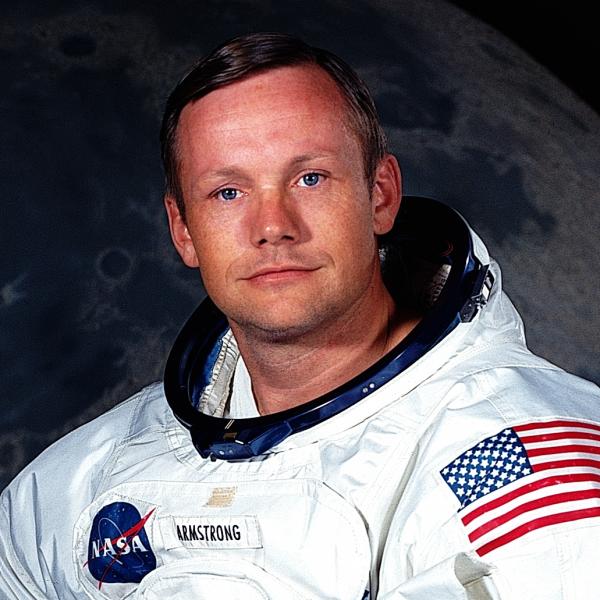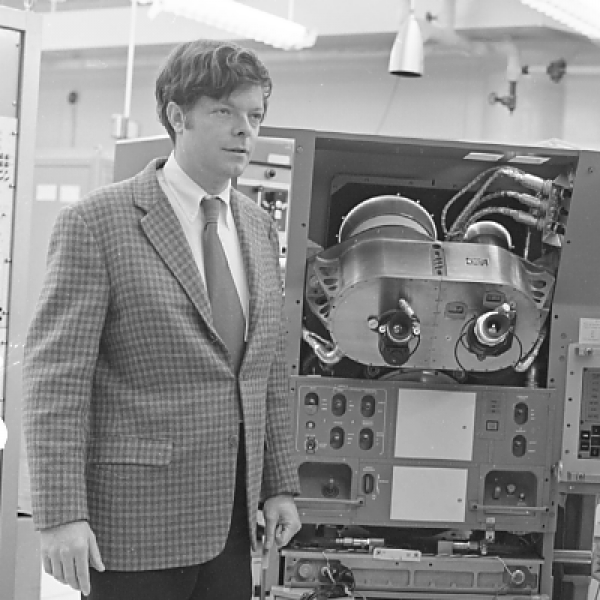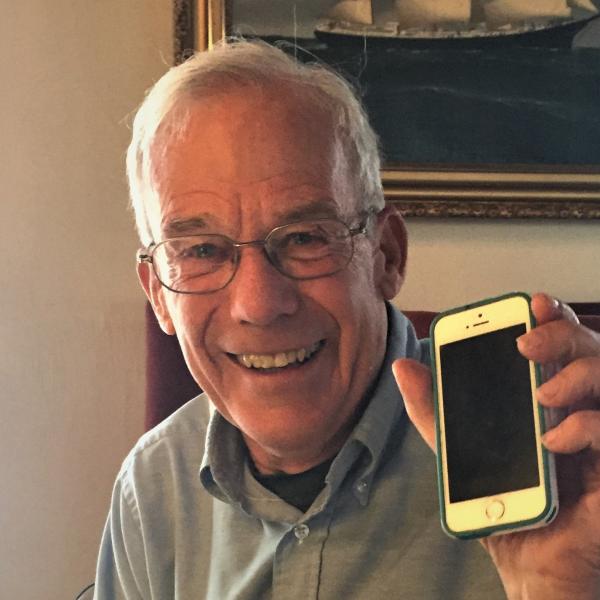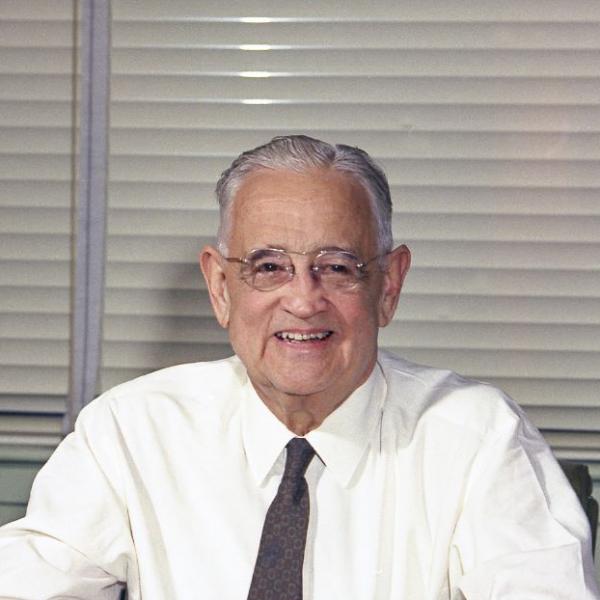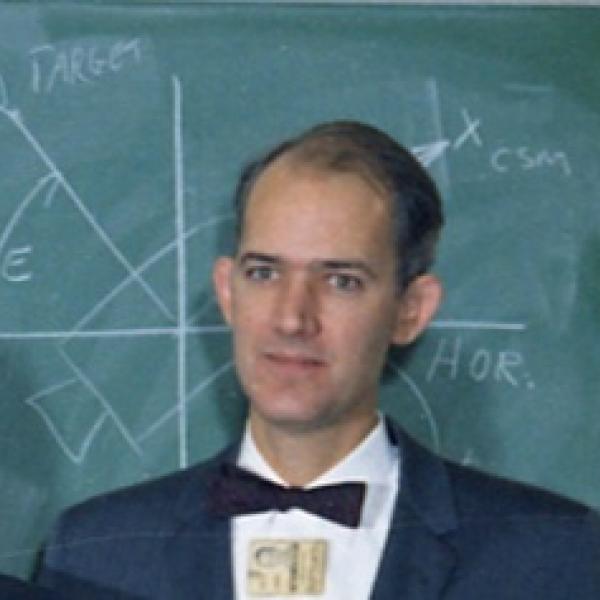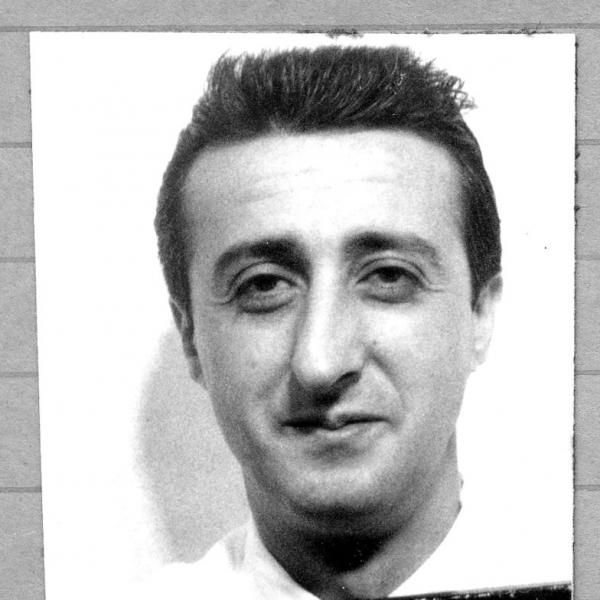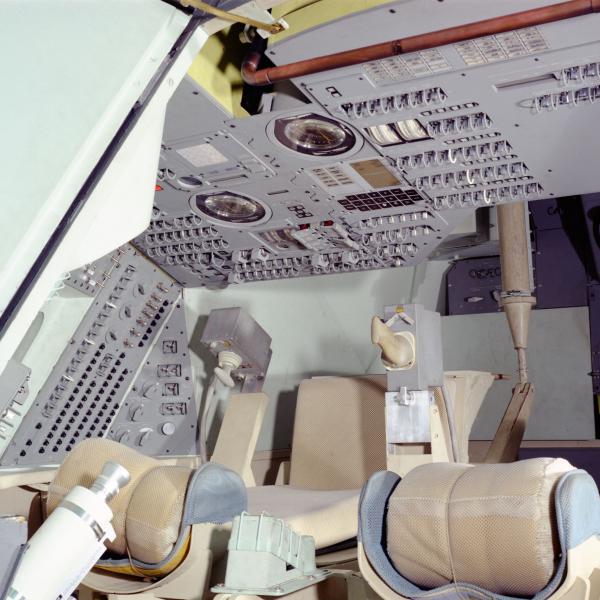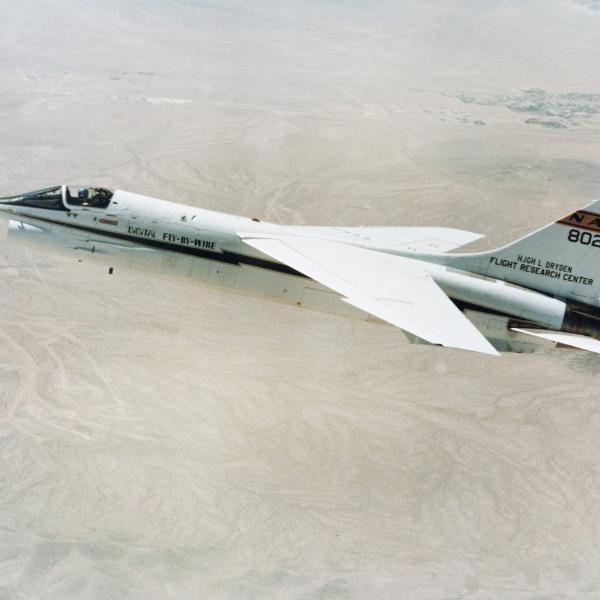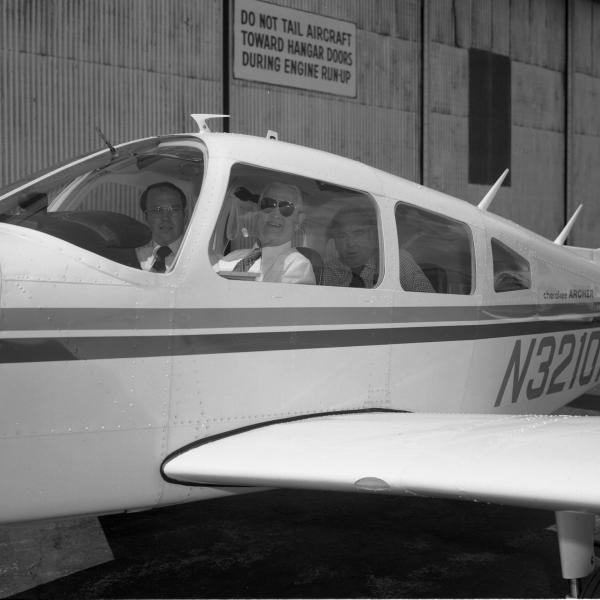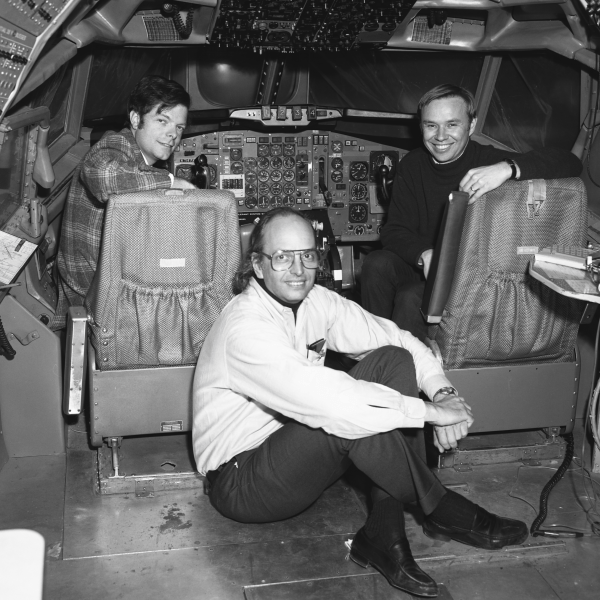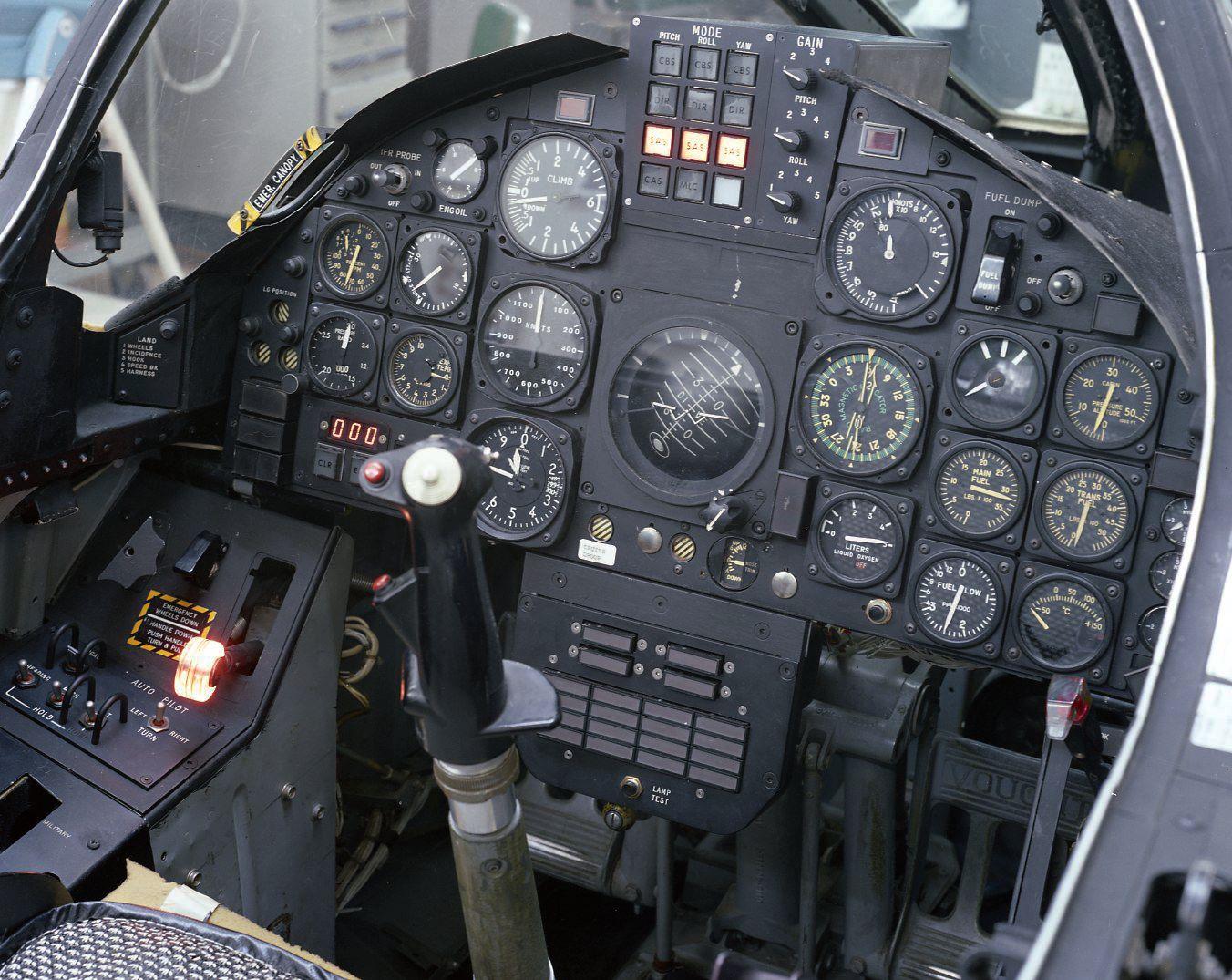
Digital Fly-By-Wire
How on earth were we able to land the first man on the moon over fifty years go?
At the time, there was no technology capable of getting us there. Engineers literally had to invent brand new tech, from the rocket, to the lunar module, to the spacesuits, to even the very first digital spaceflight computer. Most astronauts were pilots before being recruited into the space program, but their piloting skills might not have cut it in space when their maneuvers had to be so precise because one small slip could mean crashing into the moon or spinning out into the void with no way to get home. The MIT Instrumentation Lab was selected by NASA to develop the guidance, navigation, and control system for Apollo—the first completely digital fly-by-wire system.
A digital fly-by-wire system meant that a computer controlled all aspects of the spacecraft. In the past, pilots used an analog system, a combination of pulleys and levers and cables to manually manipulate the components of an airplane, but fly-by-wire got rid of all the redundant, clunky parts. Basically, the pilot uses a small joystick—also known as a "pickle-stick”—to fly the craft. The stick movements are translated into electronic signals and transmitted by wires to the flight control computer which then tells the aircraft what to do. Before digital fly-by-wire, astronauts for the Mercury and Gemini programs had complete control over their ship, but now they were expected to put their faith in a digital computer, something they weren't comfortable with. But after years of testing and training, the fly-by-wire system proved itself and they learned to trust the computer. Apollo 8 became the first manned space mission to test the digital fly-by-wire system, going around the moon and back. Without it, Neil Armstrong, would never have landed on the moon.
After the success of Apollo 11, Neil Armstrong worked for NASA as the Associate Administrator for Aeronautics. He was asked by the Air Force to help them with their efforts to update their old school military jets that still used analog fly-by-wire flight systems. Armstrong suggested they use the same system he used on Apollo 11. That idea hadn't even occurred to them. While some engineers were wary of putting their lives in the hands of computer, just like past astronauts, Armstrong said, “I just went to the moon with one.” The Air Force eventually agreed and MIT was brought on to modify an F-8 fighter jet, which, in 1972, became the first aircraft to use a digital fly-by-wire system. Its success paved the way for all military and commercial planes to be outfitted with the same revolutionary system and there isn't a single plane today that doesn't use a digital fly-by-wire system, thanks to Neil Armstrong and the Apollo legacy.
